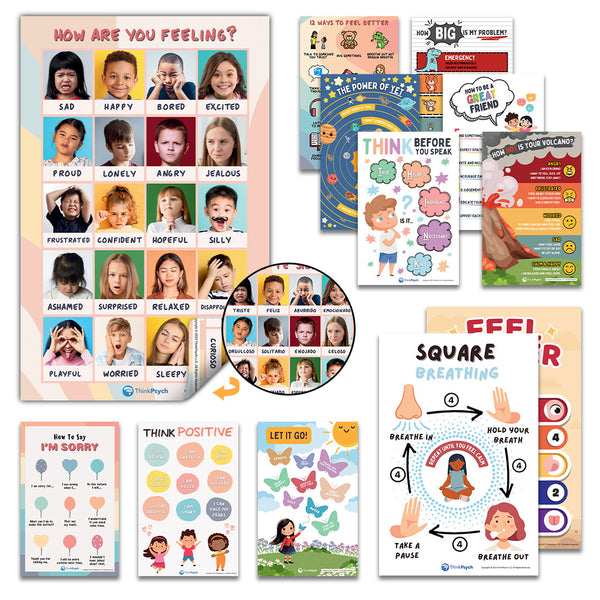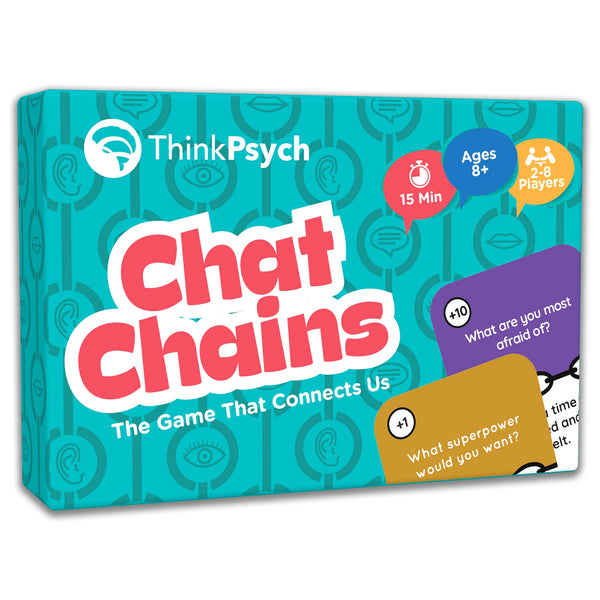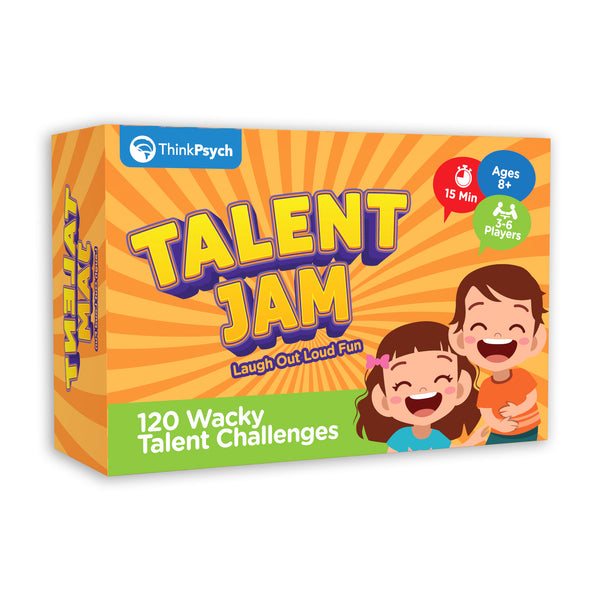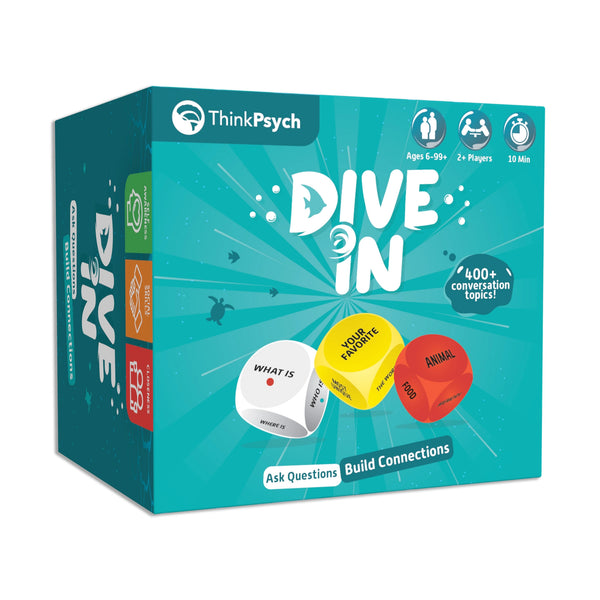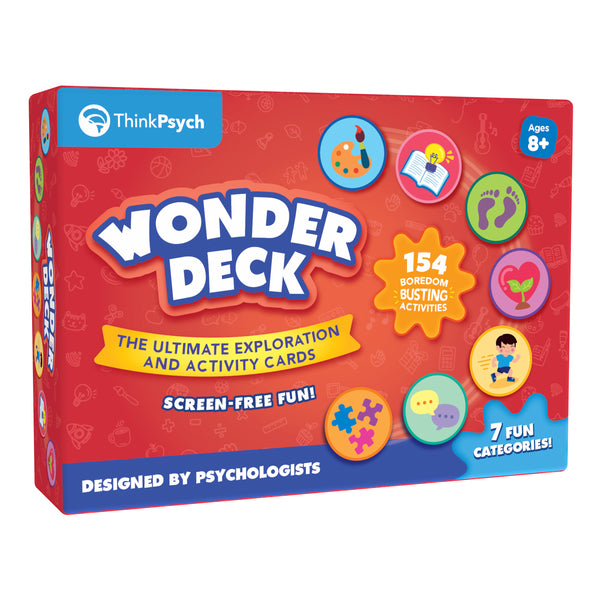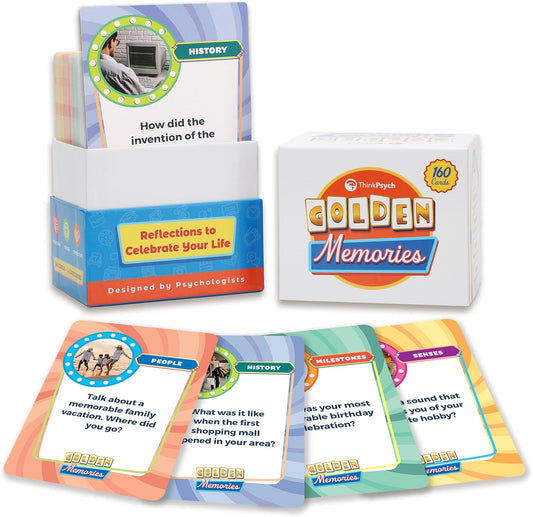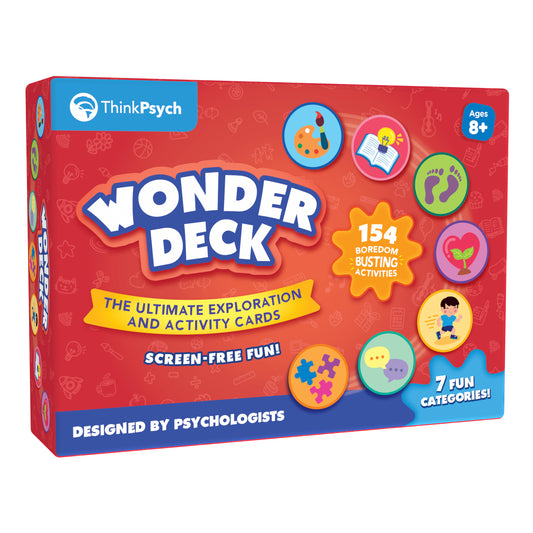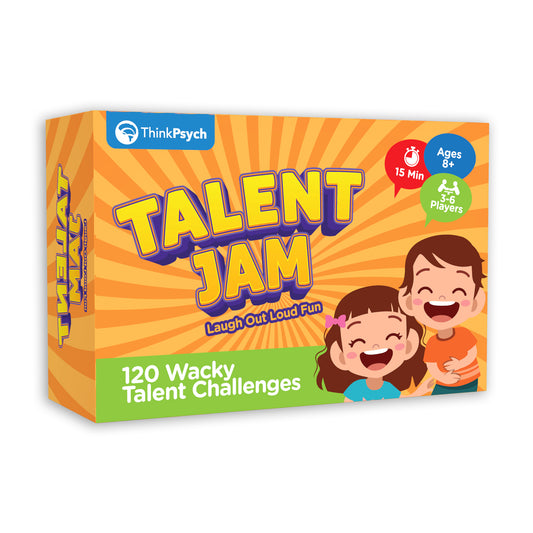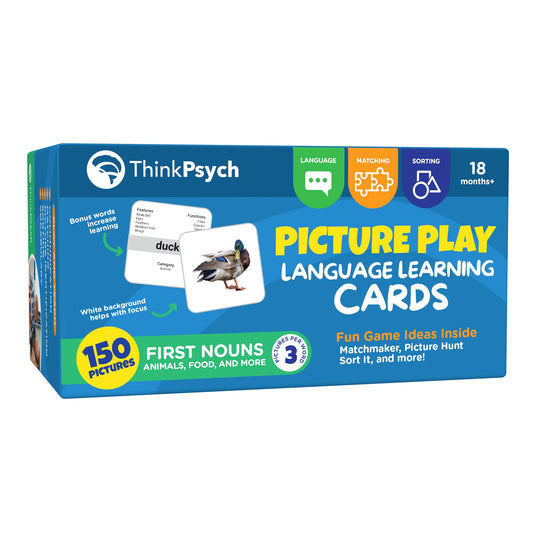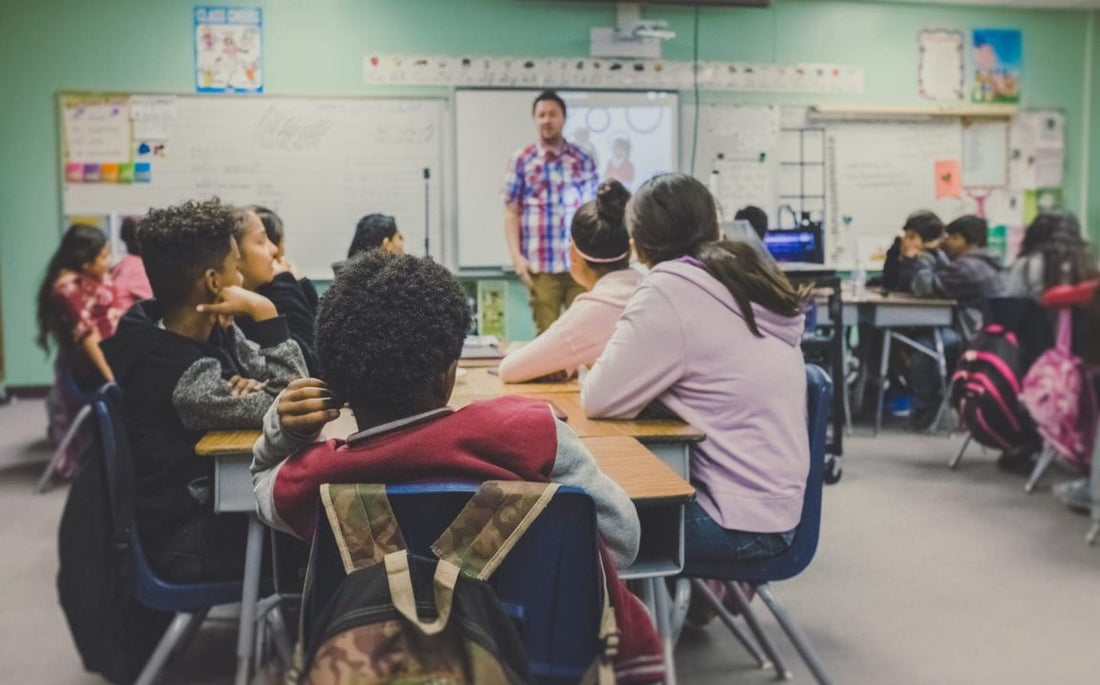
Back to the Classroom: Ways to Help Kids Cope with Increased Anxiety
Share
The end of summer typically stirs some anxiety for children and families as they think about returning to school. Many individuals dread waking up earlier, experiencing less free time, and having more responsibilities. This year levels of anxiety may be on the rise due to the impact of COVID-19 and virtual learning.
Virtual learning impacted students by1:
- Delaying academic and social-emotional learning;
- Decreasing physical activity and time outside;
- Limiting in-person time with friends; and
- Worsening mental/emotional health
It also impacted parents by 1 :
- Increasing work stress or loss of work;
- Escalating child care challenges;
- Increasing emotional distress; and
- Growing sleep difficulties.
What to Expect as Children Return to School
Dealing with change and transitions can be hard, and children have had to deal with a lot of it this past year. Starting this school year may be especially hard. Children may struggle with their new morning routine, particularly having to wake up earlier. Their breakfast options may have to change due to time constraints and kids can no longer sit at their computers in their pajamas. Be prepared for children to experience extra “first day jitters.” It may be common that separation anxiety emerges or re-emerges. As kids are exposed to more locations and people they may have a lot of questions about COVID-19 and safety. Additionally, children may be less developmentally mature for their age. Lastly, they may have trouble sitting and focusing for extended periods of time as they may be used to more frequent breaks and shortened days.
What is Anxiety?
Anxiety is an emotional reaction to stressful, dangerous, or unfamiliar situations. It typically consists of body sensations, thoughts, and behaviors.
- Body Sensations: increases in heart rate and breathing, sweating, muscle tension, shaking, headache, and upset stomach
- Thoughts: expecting the worst, watching for signs of danger, repetitive thinking, mind going “blank”
- Behaviors: avoidance, anger outbursts, reassurance seeking, safety behaviors
How to Help Your Child Cope
It is important to be patient and show compassion as children return to the classroom. Here are some ways that parents, teachers, and counselors can support students:
Customer Favorites From Our Store
-
Teach Relaxation Strategies
- Deep breathing
- Progressive muscle relaxation
- Guided imagery, mindfulness meditation
-
Help Children Change Their Thinking Patterns
- Question expectations, foster skepticism (Ask: “What’s the evidence?”)
- Promote more positive, hopeful thinking (Ask: “Is there another way to look at this situation?”)
- For many fears, remind children that they can cope with even a worst-case outcome (Ask: “If that happened, would it be so bad?”)
-
Support Children in Facing their Fears
- Help children face their fears in an orderly and planned sequence (from easier to harder fears)
- Repeated exposure to feared situations leads to habituation and new learning (e.g., I can be anxious AND I can still do it. My anxiety decreases over time.)
Extra Tips for Parents and Teachers
- It is important to teach children to recognize and label emotions.
- Help kids identify predictable triggers for difficult emotions.
- Be patient and try to understand your child’s experience.
- Use lots of rewards and praise to encourage brave behaviors.
- For kids with learning difficulties, visual aids and reminders are critical.
- Incorporate interests into conversations about anxiety whenever possible (e.g., “What would Thomas do in this situation?”).
When to Seek Additional Support
Although some minor issues related to anxiety may resolve on their own without professional help, here are some signs that more help is needed:
- Missing lots of school and/or preferred activities due to fears
- Frequent complaints of physical issues like headaches and stomachaches with no specific physical cause (It is always important to rule-out any medical causes first)
- Significant decrease in home, school, or social functioning
- Frequent or very-high intensity emotional outbursts, including anger, sadness, and/or fear
Additional Resources
Websites
Books
- What to Do When You Worry Too Much by Dawn Huebner, Ph.D.; Other books in the series are great too! E.g.: What to Do When You Don’t Want to be Apart.”
- Anxiety Relief for Kids by Bridget Walker, Ph.D.
References:


